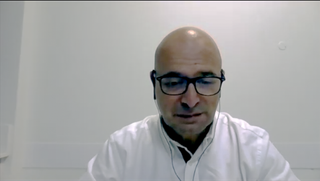
Movement Disorders
Latest News

Latest Videos

CME Content
More News

Here's what is coming soon to NeurologyLive.

The PhD candidate in the epidemiology department at Erasmus University Medical Center in the Netherlands discussed the need for tailored treatment in light of the COVID-19 pandemic. [WATCH TIME: 4 minutes]

Following MDS 2021, we compiled a roundup of some of our discussions with experts in the Parkinson disease and movement disorders space in one convenient location.

The PhD candidate in the epidemiology department at Erasmus University Medical Center in the Netherlands discussed the need for tailored treatment in light of the COVID-19 pandemic. [WATCH TIME: 4 minutes]
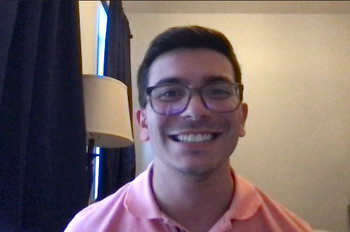
Neurology News Network for the week ending September 25, 2021. [WATCH TIME: 4 minutes]
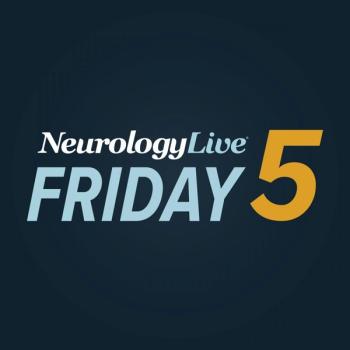
Take 5 minutes to catch up on NeurologyLive's highlights from the week ending September 24, 2021.

The director of the UAB Huntington's Disease Clinic offered his insight on a recent assessment of HD genetic testing at HDSA Centers of Excellence, and the associated costs for patients.
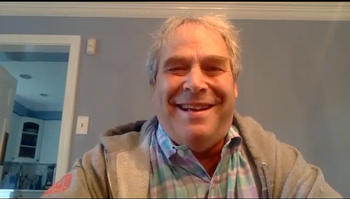
The professor of neurology at the University of Pennsylvania Perelman School of Medicine discussed his presentation at MDS 2021, which highlighted the therapeutic benefit of omaveloxolone in Friedreich ataxia. [WATCH TIME: 2 minutes]
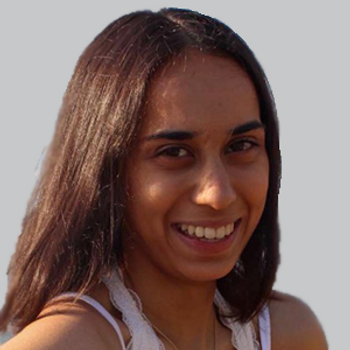
Data suggest that certain activities of daily living are more prevalent depending on whether the caregiver is a man or a woman.

Helen Colquhoun, MD, vice president of early development at Sage Therapeutics, commented on results from a phase 2 study in which patients receiving SAGE-324 showed a significant decrease in ET.
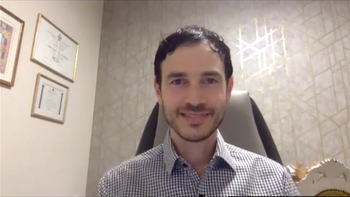
When asked about developments, the neurologist and movement disorders specialist at Sheba Tel-HaShomer Medical Center in Israel commented on the need to identify disease-modifying therapies. [WATCH TIME: 3 minutes]
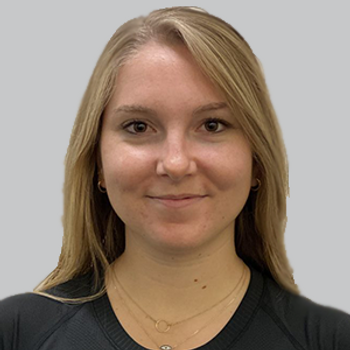
Data were collected from the MDS’s membership worldwide, assessing current practices, concerns, and barriers to genetic testing.
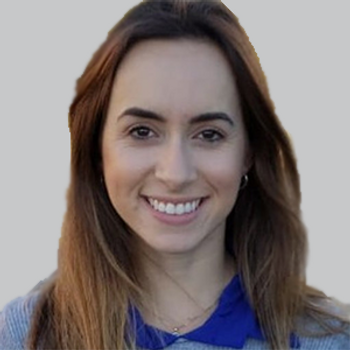
Data found that synchronic dance classes conducted through Zoom may be particularly effective for patients who live remotely.

Following his presentation at the MDS Society Virtual Congress 2021, the neurologist and movement disorders specialist at Sheba Tel-HaShomer Medical Center discussed his views on the use of medical cannabis. [WATCH TIME: 3 minutes]

The director of IT and Neuroinformatics Development at the Buffalo Neuroimaging Analysis Center discussed future neuroimaging projects the center is evaluating and where the focus turns to next. [WATCH TIME: 3 minutes]

Patients were evaluated at day 29 for change in TETRAS item 4 score change from baseline.

Over a 12-month stretch, patients with spinocerebellar ataxia type 2 treated with riluzole showed significant worsening in Composite Cerebellar Functional Severity Score.

Next steps for medical cannabis will need to include how cannabinoids affect the brain, according to the neurologist and movement disorders specialist at Sheba Tel-HaShomer Medical Center in Israel.

A study from the International Parkinson and Movement Disorder Society Virtual Congress suggest that despite protocol adherence, average costs are moderately high and vary significantly.

The neurologist and movement disorders specialist at Sheba Tel-HaShomer Medical Center in Israel discussed future use of medical cannabis and concerns for psychiatric adverse effects.

The neurologist and movement disorders specialist at Sheba Tel-HaShomer Medical Center in Israel outlined the small, retrospective study, shedding light on its findings.

Here's what is coming soon to NeurologyLive.

The FIGHT-PD study is expected to complete and read out interim results before the end of 2021. It aims to assess the exercise program’s safety, tolerability, and efficacy in Parkinson disease.

The professor of neurology at Weill Cornell Medical School commented on the available treatments for Parkinson disease, as well as ongoing therapeutic development.
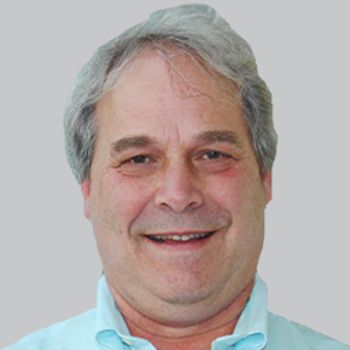
Patients previously randomized to omaveloxolone in the core study period continued to show no worsening on modified Friedrich Ataxia Rating Scale relative to their original baseline after nearly 2.5 years of treatment.





























